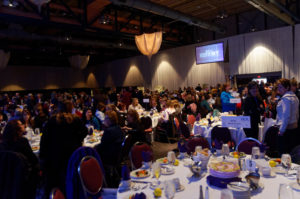Meet: John Van Voorhis
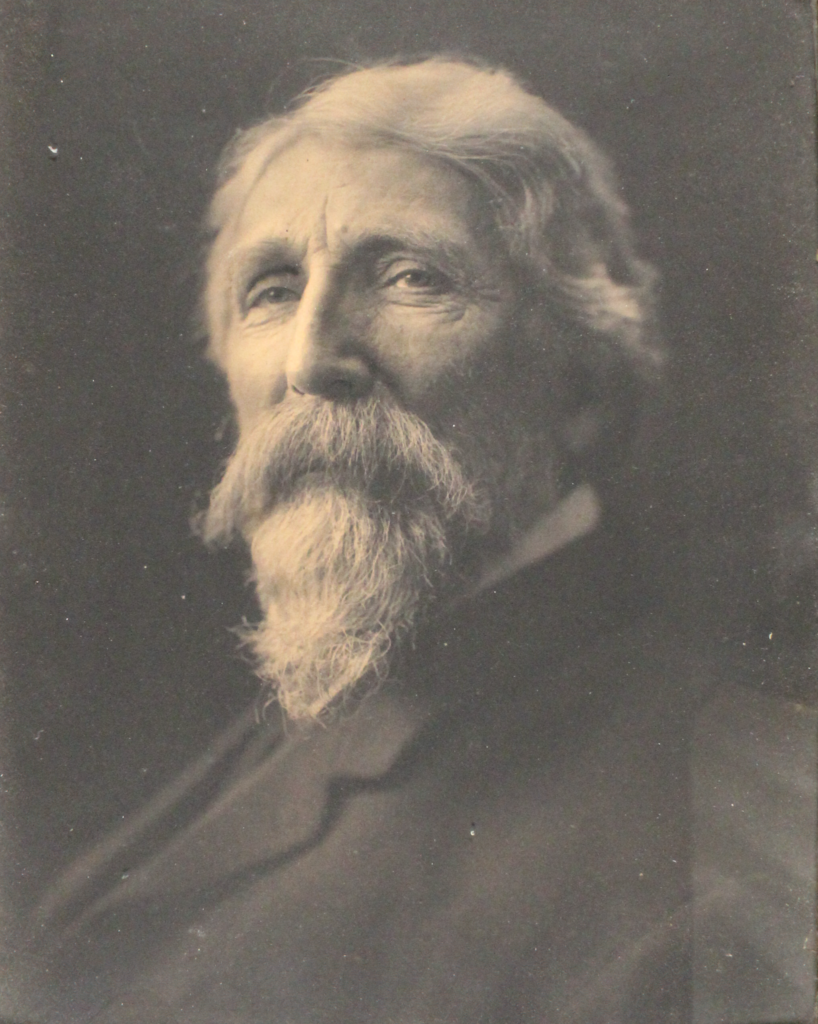
While our Carriage House has been under construction, many guests might have noticed a new addition in the well-known Front Parlor of 17 Madison Street.
This room has become the temporary location for this bust of attorney John Van Voorhis. Van Voorhis was born in Decatur, New York, in 1826. He passed the bar in 1851 and began practicing in Elmira, New York. Later, he moved to Rochester and opened his own practice in 1854. He defended people like abolitionist Frederick Douglass and assisted the Seneca Nation in land disputes.
Van Voorhis was Susan B. Anthony’s lead defense attorney when she was tried and convicted of voting in the presidential election of 1872.
He also served three terms as a United States Congressman between 1879 and 1895.
A Chicago artist, Robert Lee MacCameron, was hired to paint a portrait of Van Voorhis. MacCameron has pieces at the Smithsonian American Art Museum in DC, the Memorial Art Gallery in Rochester, and museums in England and France. He is most notable for painting a portrait of President William Howard Taft.
It was typical for the artist to live in residency, so he lived with the Van Voorhis family in their Rochester home. While there, MacCameron started a relationship with Van Voorhis’ daughter Louise, and the two later married.
The newlyweds moved to Paris, where MacCameron continued his art education at the Beaux Arts School and received several prestigious awards for his work.
Upon their return to Rochester, MacCameron sculpted a marble bust of his Father-in-Law, which is currently in the Ontario County Courthouse, where Susan B. Anthony’s trial was held. This bronze cast is of the original marble bust. The Van Voorhis descendants donated the bronze bust to the Anthony Museum in 2021.
We hope you visit the museum and say hi to John!



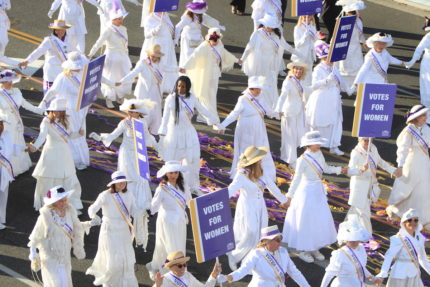
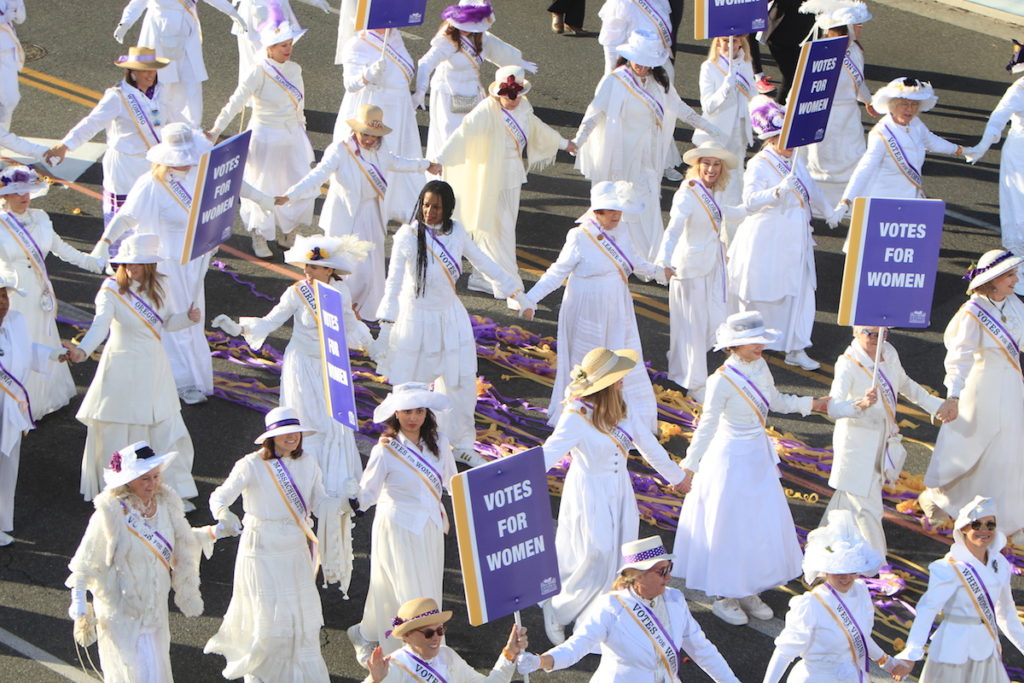
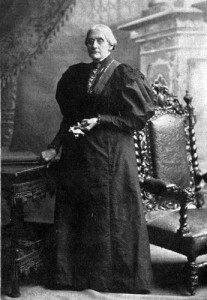 On March 13, 1906, at forty minutes past midnight, Susan B. Anthony died at the age of 86 in her own bed on the second floor of the house on Madison Street, her home of 40 years.
On March 13, 1906, at forty minutes past midnight, Susan B. Anthony died at the age of 86 in her own bed on the second floor of the house on Madison Street, her home of 40 years.
